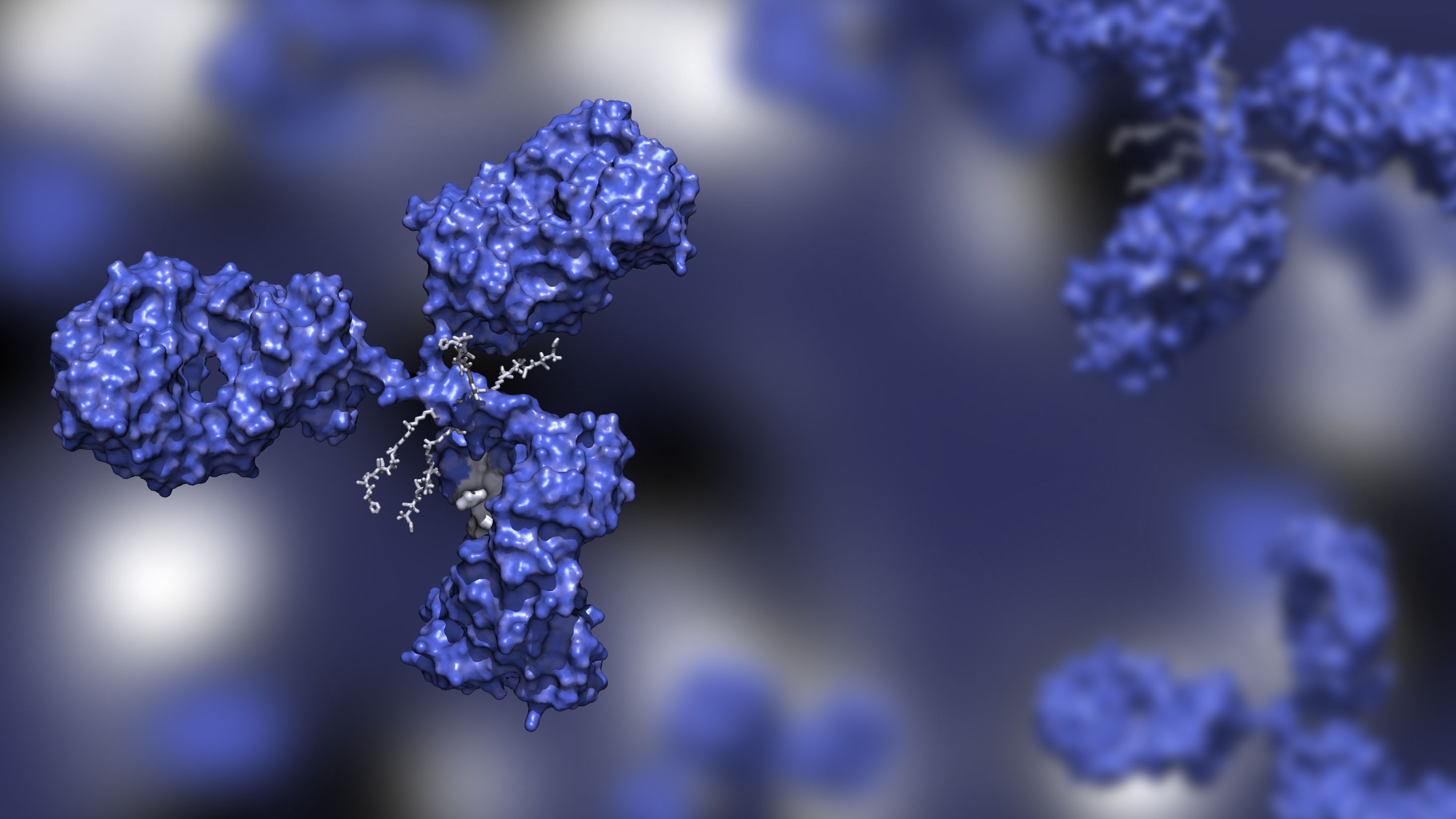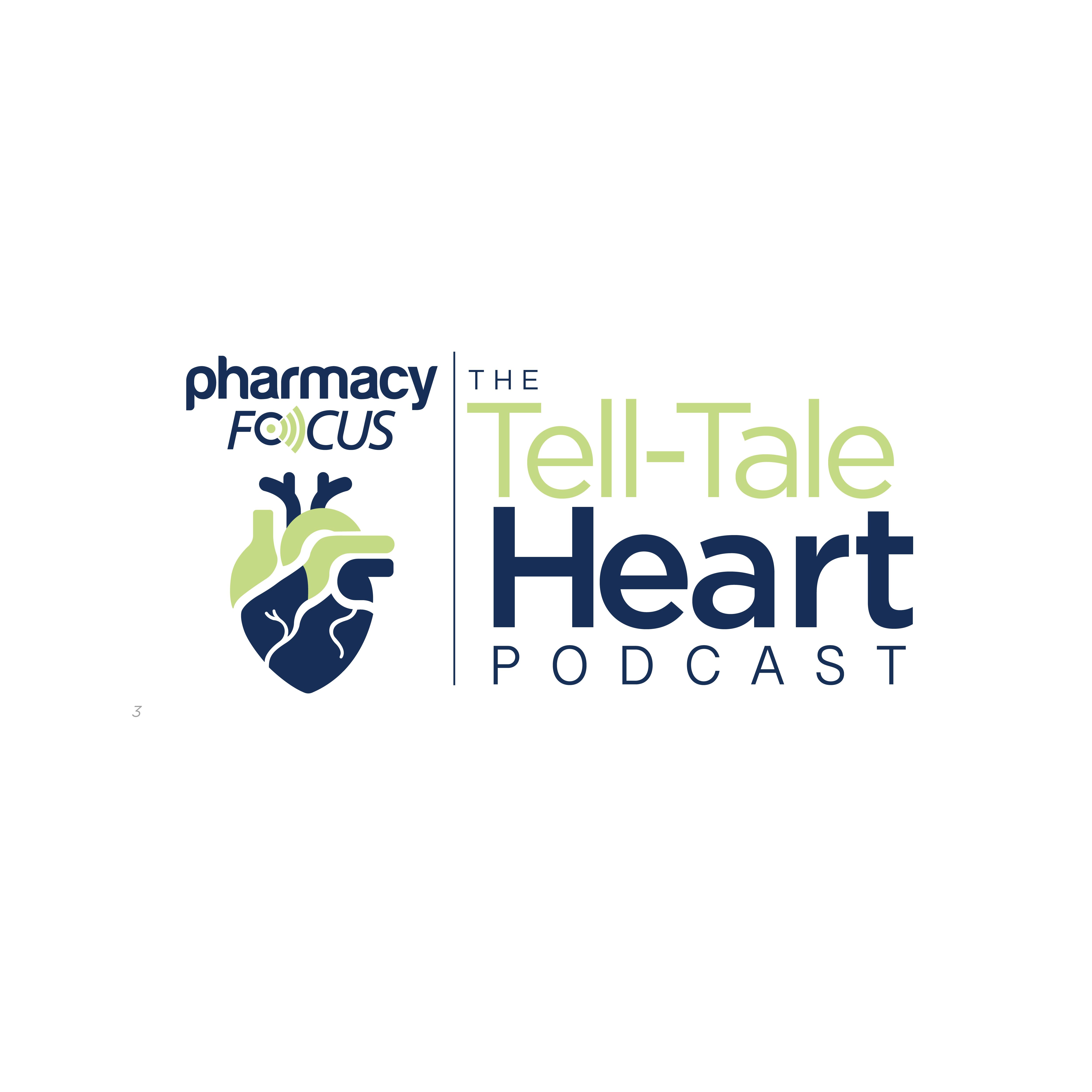News
Article
Trastuzumab Deruxtecan Meets Primary End Point in the DEBBRAH Trial for Patients with HER2+ Advanced Breast Cancer
Author(s):
Key Takeaways
- Trastuzumab deruxtecan (T-DXd) shows promising results in HER2-positive and HER2-low advanced breast cancer with leptomeningeal disease (LMD).
- LMD is a complication in advanced breast cancer, increasing due to prolonged survival from advanced therapies.
Presence of leptomeningeal disease is associated with poorer treatment outcomes and quality of life for patients with breast cancer.
Trastuzumab deruxtecan (T-DXd, Enhertu; Daiichi Sankyo, Inc.) demonstrated promising antitumor activity in patients with human epidermal growth factor receptor 2-positive (HER2+) and HER2-low advanced breast cancer (ABC) with previously untreated leptomeningeal disease (LMD) in the phase 2 DEBBRAH trial (NCT04420598). The findings underscore the need for more data and improved management of patients with ABC with leptomeningeal involvement.1
Antibody drug conjugate molecules | Image Credit: © huenstructurebio.com - stock.adobe.com

LMD is a common complication for patients with ABC and occurs in approximately 5% to 8% of patients with advanced cancers, particularly breast cancer (BC). It is considered a type of cancer that occurs when malignant cells enter the cerebrospinal fluid and leptomeninges. Although LMD is uncommon, instances are increasing as advanced therapies prolong patients’ lives.2,3
Early diagnosis of LMD is crucial to improving overall survival (OS), as well as allowing enrollment in clinical trials. Symptoms can include headaches, nausea and vomiting, changes in gait, hearing loss, vision difficulties, and others. LMD is incurable, and treatment is focused on preventing progression and symptom management through the use of chemotherapy and radiation therapy. However, these aggressive treatments usually yield high-grade toxicities and only improve OS by 3 to 4 months, although this is BC type-specific. This highlights the critical need for the introduction of new treatments for patients with ABC and LMD.3
T-DXd is a HER2-targeting antibody drug conjugate that was approved by the FDA in April 2024 for treatment of adult patients with unresectable or metastatic HER2+ solid tumors based on promising survival and safety outcomes. In the DEBBRAH trial, researchers found T-DXd yielded favorable results for patients with HER2+ ABC and LMD with significant intracranial and extracranial activity.4,5
The single-arm, open-label, 5-cohort, phase 2 trial enrolled 7 patients with HER2+ and HER2-low ABC with a history of brain metastases and/or LMD who received 5.4 mg per kg of T-DXd intravenously every 21 days until disease progression or unacceptable toxicity. The reported results from cohort 5 included patients with pathologically confirmed LMD. To determine the efficacy of T-DXd for these patients, the researchers included a primary end point of OS and key secondary end points of progression-free survival (PFS) and safety profile. The median duration of follow-up was 12 months.5
The DEBBRAH trial met its primary end point with an OS of 13.3 months (95% confidence interval [CI], 5.7–NA, P < .001), with a median PFS of 8.9 months (95% CI, 2.1–NA). Of the 7 patients, 2 (28.6%) remained on treatment after 18.6 and 11.9 months, respectively. The remaining 5 patients, who progressed and died, did not show any intracranial progression or worsening of leptomeningeal symptoms. Most notably, the data showed that 71.4% of the patients (95% CI, 29.0–96.3) achieved prolonged stabilization (greater than or equal to 24 weeks) by response evaluation criteria in solid tumors (RECIST) v.1.1.5
The safety was consistent with the known profile of T-DXd and no treatment-related deaths occurred.5
HER2+ BC is challenging to treat, especially with the presence of LMD, which can disqualify patients from specific therapies or access to clinical trials. The initial findings of the study are promising, although more research is needed in a larger population for confirmatory evidence of the use of T-DXd in this setting.






